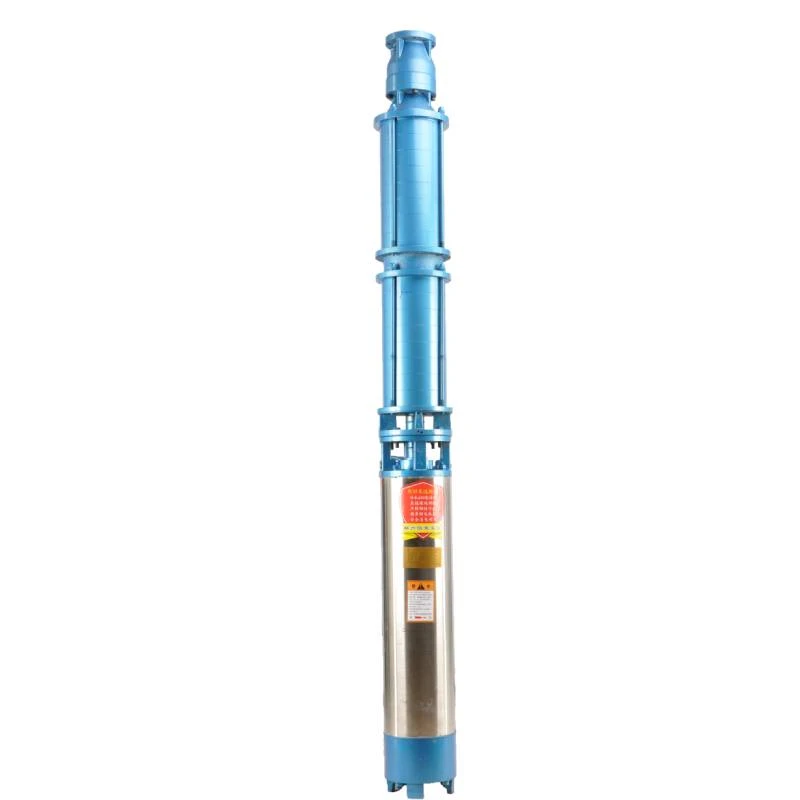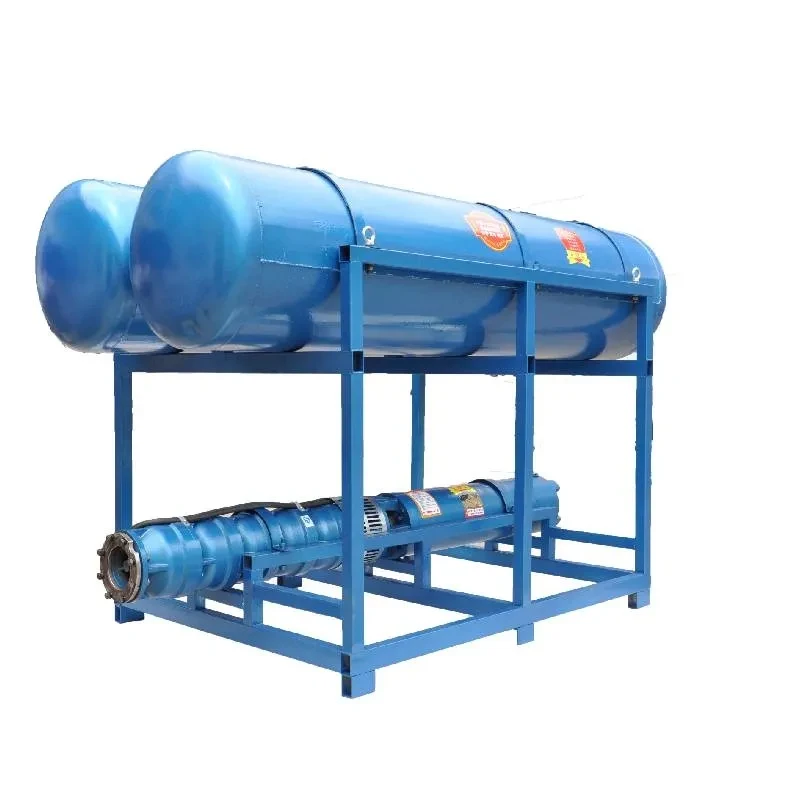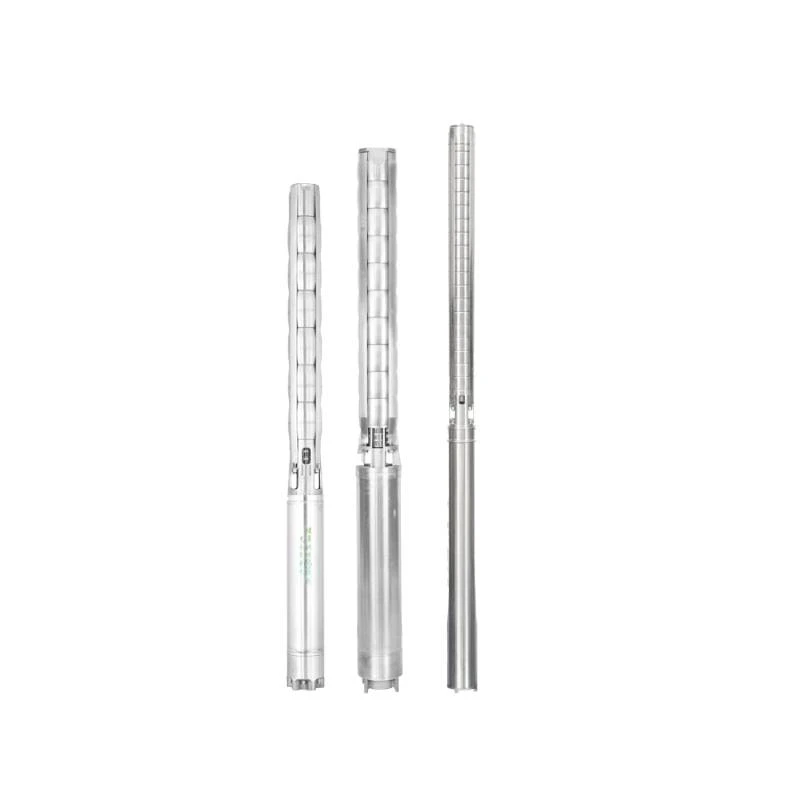දෙසැ. . 10, 2024 13:10 Back to list
Advantages and Applications of Submersible Pumps in Various Industries and Environments
Understanding Submersible Pumps The Heart of Modern Water Management
Submersible pumps are an essential component in various applications, particularly in fluid management and water extraction processes. Unlike traditional pumps that operate above the fluid they are moving, submersible pumps are designed to work underwater, submerging entirely in the liquid they are intended to pump. This unique design allows for increased efficiency, lower surface area noise, and a reduced risk of priming issues.
How Submersible Pumps Work
A submersible pump consists of a sealed motor and a pump that operates together to push fluids to the surface. When the pump is submerged, the motor imparts mechanical energy to a rotating impeller, which increases the velocity of the water. The design typically features multiple impeller stages, enabling the pump to lift water from significant depths efficiently.
One significant advantage of submersible pumps is that they eliminate the need for a suction line, drastically reducing the risk of cavitation — a phenomenon that can damage pumps due to the formation of vapor bubbles in low-pressure areas. This self-priming quality makes submersible pumps more reliable and suitable for various applications, including groundwater extraction, sewage and wastewater treatment, and industrial processes.
Applications of Submersible Pumps
The versatility of submersible pumps makes them critical in numerous fields
1. Residential Water Supply Submersible pumps are widely used in wells to provide potable water to homes and farms. They are ideal for deep well applications, where traditional pumps would struggle to reach the required depths.
2. Sewage and Wastewater Management Municipalities rely on submersible sewage pumps to transport wastewater from lower areas to treatment facilities. These pumps are designed to handle solid waste material, making them vital for effective sewage management.
pump submersible pump

3. Irrigation Farmers utilize submersible pumps to extract groundwater for irrigation purposes. These pumps ensure that crops receive adequate water during dry spells, thereby enhancing agricultural productivity.
4. Industrial Uses In industrial settings, submersible pumps are employed for dewatering areas that accumulate excess water, such as construction sites, mines, or manufacturing plants. Their efficiency in moving significant volumes of fluids makes them essential for maintaining operations in these environments.
5. Aquaculture Submersible pumps are utilized in fish farms and aquaculture setups to circulate water, ensuring the well-being of aquatic life. They facilitate the movement of oxygen-rich water, promoting healthy growth conditions.
Benefits of Submersible Pumps
- Energy Efficiency Submersible pumps are often more energy-efficient than their above-ground counterparts, as they work optimally at lower energy consumption levels.
- Reduced Noise Being submerged reduces operational noise, making them suitable for residential and sensitive environments.
- Longevity and Durability Many submersible pumps are constructed from robust materials resistant to corrosion and wear, allowing for extended service life with minimal maintenance.
Conclusion
In conclusion, submersible pumps are invaluable tools in modern water management and industrial applications. Their efficient design, reliability, and versatility have made them a preferred choice in various industries, from agriculture to municipal wastewater management. As technology continues to evolve, submersible pumps are expected to incorporate even more advanced features, ensuring that they remain integral to meeting our growing water management needs. Whether in homes, farms, or industries, submersible pumps play a crucial role in ensuring that the flow of water — a vital resource — is managed effectively and sustainably.
-
Troubleshooting for Water-Filled Submersible Pumps
NewsJun.04,2025
-
Troubleshooting for Floating Deep Well Submersible Pumps
NewsJun.04,2025
-
How to Choose SS Submersible Pump for Deep Well Applications
NewsJun.04,2025
-
Floating Deep Well Submersible Pump Cost: Factors Affecting Pricing
NewsJun.04,2025
-
Buying Guide for Deep Well Submersible Pumps
NewsJun.04,2025
-
Best Submersible Pumps for Agriculture and Irrigation
NewsJun.04,2025
-
 Troubleshooting for Water-Filled Submersible PumpsSubmersible pumps are essential for various applications, including irrigation, drainage, and water supply systems.Detail
Troubleshooting for Water-Filled Submersible PumpsSubmersible pumps are essential for various applications, including irrigation, drainage, and water supply systems.Detail -
 Troubleshooting for Floating Deep Well Submersible PumpsWhen it comes to reliable water extraction solutions, the floating deep well submersible pumps stands out as a top choice for both residential and industrial applications.Detail
Troubleshooting for Floating Deep Well Submersible PumpsWhen it comes to reliable water extraction solutions, the floating deep well submersible pumps stands out as a top choice for both residential and industrial applications.Detail -
 How to Choose SS Submersible Pump for Deep Well ApplicationsWhen it comes to deep well water extraction, selecting the right pump is crucial for efficiency, durability, and long-term performance.Detail
How to Choose SS Submersible Pump for Deep Well ApplicationsWhen it comes to deep well water extraction, selecting the right pump is crucial for efficiency, durability, and long-term performance.Detail
